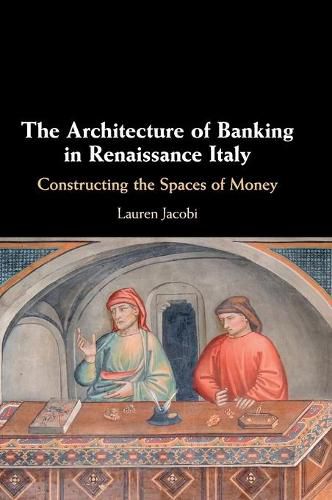Readings Newsletter
Become a Readings Member to make your shopping experience even easier.
Sign in or sign up for free!
You’re not far away from qualifying for FREE standard shipping within Australia
You’ve qualified for FREE standard shipping within Australia
The cart is loading…






Over the course of the twelfth and thirteenth centuries, European society confronted rapid monetization, a process that has been examined in depth by economic historians. Less well understood is the development of architecture to meet the needs of a burgeoning mercantile economy in the Late Middle Ages and early modern period. In this volume, Lauren Jacobi explores some of the repercussions of early capitalism through a study of the location and types of spaces that were used for banking and minting in Florence and other mercantile centers in Europe. Examining the historical relationships between banks and religious behavior, she also analyzes how urban geographies and architectural forms reveal moral attitudes toward money during the onset of capitalism. Jacobi’s book offers new insights into the spaces and locations where pre-industrial European banking and minting transpired, as well as the impact of religious concerns and financial tools on those sites.
$9.00 standard shipping within Australia
FREE standard shipping within Australia for orders over $100.00
Express & International shipping calculated at checkout
Over the course of the twelfth and thirteenth centuries, European society confronted rapid monetization, a process that has been examined in depth by economic historians. Less well understood is the development of architecture to meet the needs of a burgeoning mercantile economy in the Late Middle Ages and early modern period. In this volume, Lauren Jacobi explores some of the repercussions of early capitalism through a study of the location and types of spaces that were used for banking and minting in Florence and other mercantile centers in Europe. Examining the historical relationships between banks and religious behavior, she also analyzes how urban geographies and architectural forms reveal moral attitudes toward money during the onset of capitalism. Jacobi’s book offers new insights into the spaces and locations where pre-industrial European banking and minting transpired, as well as the impact of religious concerns and financial tools on those sites.